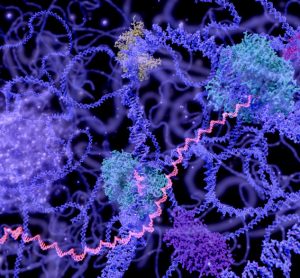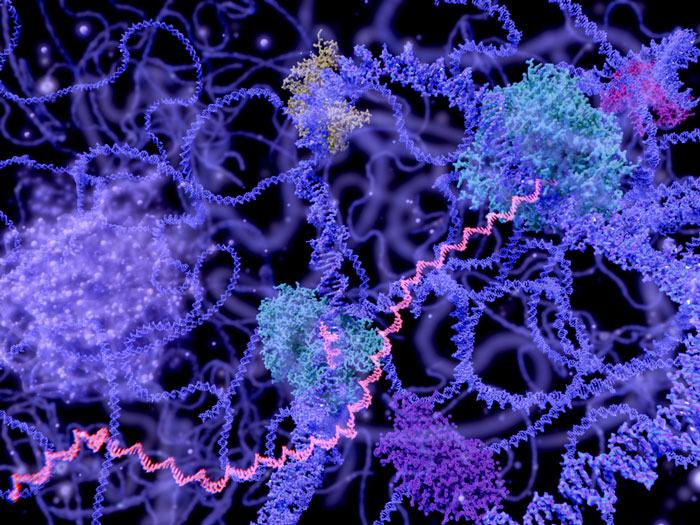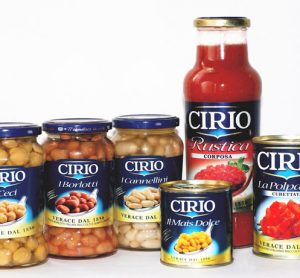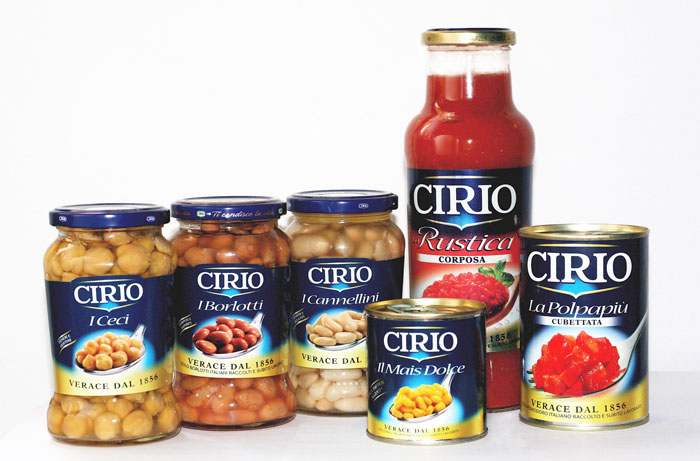Food Grade Lubricants: Invest now, save in the future
3 March 2011 | By Jessica Evans, NSF Nonfood Compounds, Registration Manager, NSF
On 4 January 2011, United States President Barack Obama and Congress passed the Food and Drug Administration Food Safety Modernisation Act into law. This measure reflects a significant change in the United States food safety laws. This legislation mandates preventive measures by growers, processors and distributors, providing for increased inspections…








